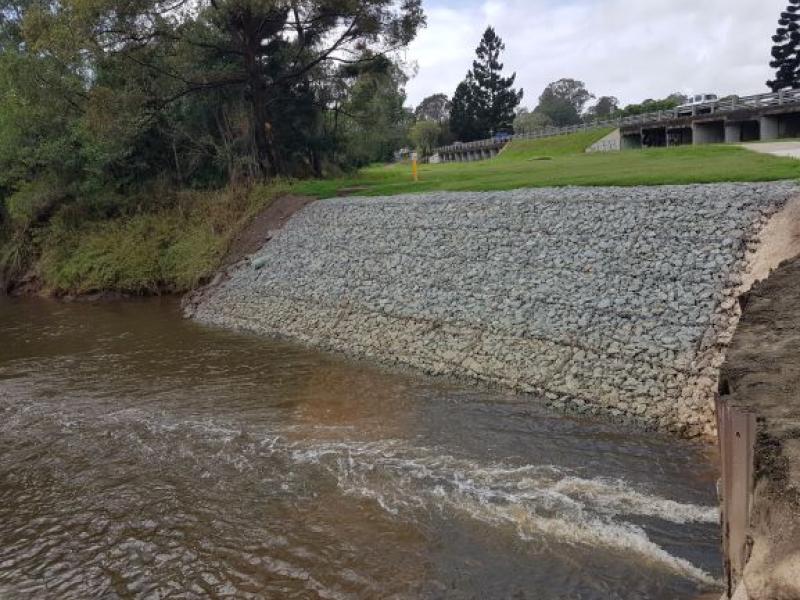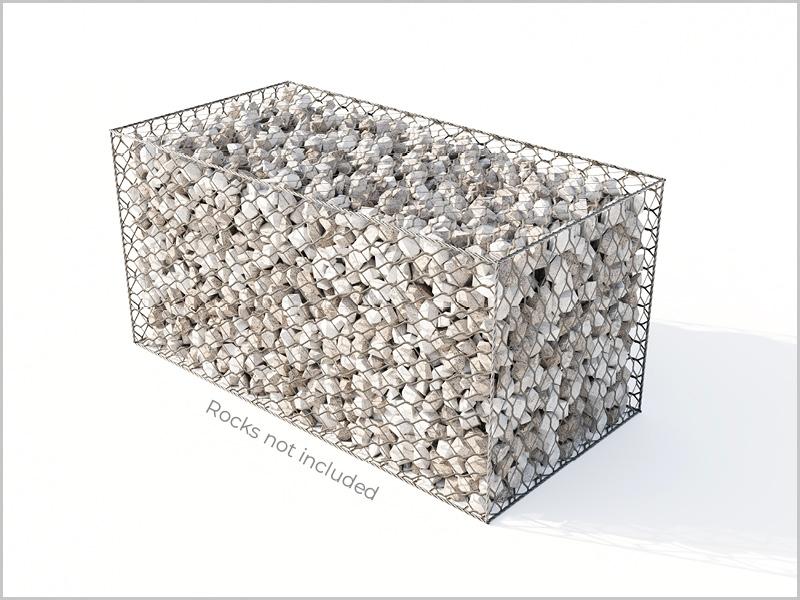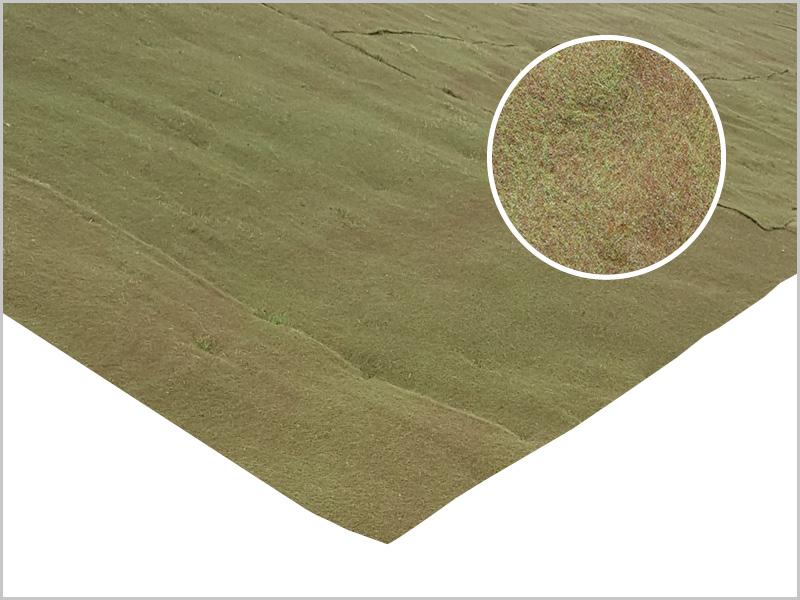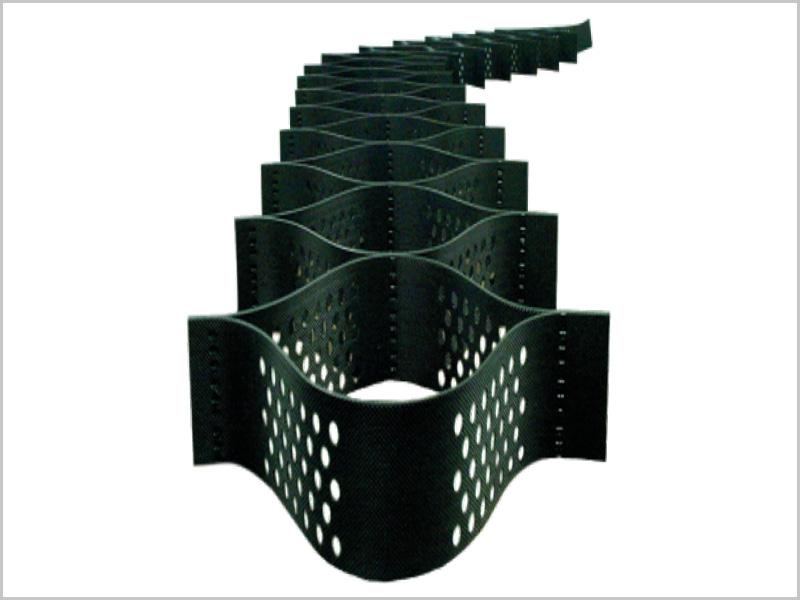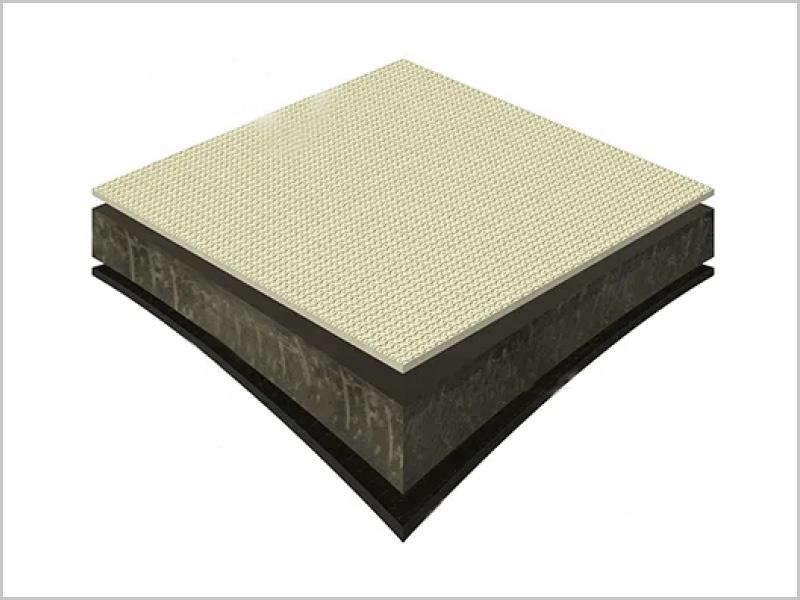
GEOSYNTHETIC SOLUTIONS STABILISE ERODING RAIL EMBANKMENT

PROJECT DESCRIPTION
Queensland Rail faced ongoing erosion issues along a 100-metre boundary embankment near Redbank Station, southwest of Brisbane. The site presented multiple challenges, including highly erodible soils, frequent heavy subtropical rainfall, and a moderately steep slope. These conditions caused aggressive erosion, threatening 600-millimetre-deep service pits located at the slope’s base and restricting access to vital underground infrastructure.
Additional constraints included the clients limited ability to schedule track closures for repairs and restricted space for a catch drain at the top of the slope due to a boundary fence.
OUR SOLUTION
Leveraging more than 40 years of experience and a broad portfolio of geosynthetic products, Geofabrics designed a comprehensive solution incorporating gabion baskets, Bidim Green non-woven geotextiles, Geoweb cellular confinement geocell system, grassroots synthetic erosion control mat and Concrete Canvas geosynthetic cementitious composite mat.
After vegetation was cleared, gabion baskets were installed at the toe of the slope to protect underground services and maintain access. Bidim Green was placed between the gabions and the soil to prevent particle loss while allowing drainage. The slope was then regraded from the gabion toe and covered with Bidim Green before installing the 150-millimetre-deep Geoweb system. Secured at the top with ATRA anchors, the Geoweb formed a reinforced, three-dimensional honeycomb matrix. This matrix was filled with fouled ballast, repurposing contaminated material stockpiled along the rail corridor and delivering a sustainable, cost-effective fill solution.
To improve erosion resistance and visual appeal, the ballast-filled Geoweb was covered with Grassroots, an erosion control mat known for its durability, UV resistance, and proven performance in previous Queensland Rail projects.
A “V” shaped catch drain was constructed at the top of the slope using fouled ballast and topsoil, then lined with Concrete Canvas, a fast-setting, fibre-reinforced concrete fabric. This created a durable drainage channel suitable for restricted-access sites and tight project timelines. The approach enabled Queensland Rail to complete slope stabilisation and drainage works efficiently ahead of the Christmas holiday period.
SIMILAR PRODUCTS
- Constructed with double-twisted steel wire mesh to create flexible, permeable, and continuous structures, ideal for gravity retaining walls, erosion control, channel linings, revetments, and hydraulic structures
- Manufactured for an expected working life of up to 120 years, ensuring long-term durability and performance
- High-grade polymer coating provides exceptional corrosion resistance and structural strength
- Can be built up to 5–10 metres in height
Grassroots Synthetic Erosion Control Mat
- Made from heavily UV stabilised synthetic fibres which are needle-punched together into an open weave three-dimensional structure
- Provides immediate protection against soil loss and can be exposed to weather conditions for extended periods before grass or other vegetation is established
- Improved plant establishment by 555% increase in biomass after 21 days compared with control pots showed that it provides a stable environment for seeds to grow
DISCLAIMER - The images depicted in the photographs on this page are similar to the Geofabrics' products listed but they are not the same.


